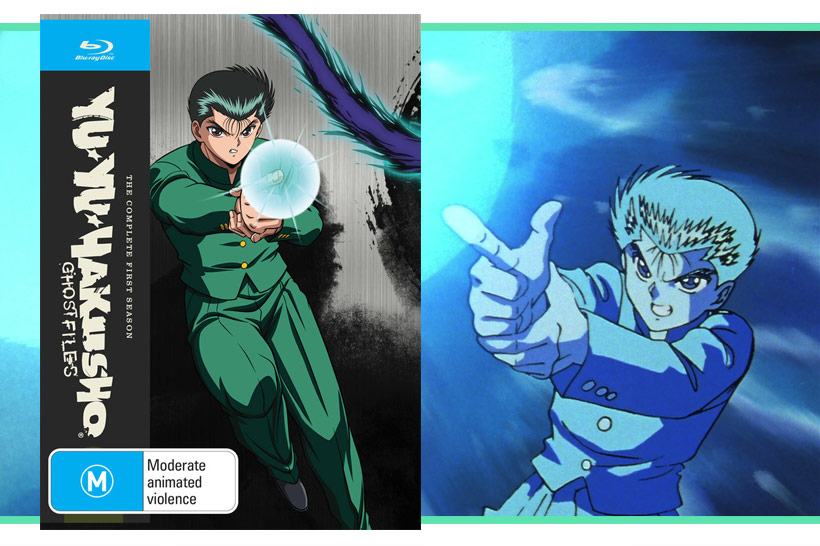The Immortal Sugimoto return for another round of adventure in Golden Kamuy Season 3. Given an impressive outing to date, there’s a lot riding on this third season to see if it maintains its momentum.
Taking place shortly after Golden Kamuy Season 2, this series of episodes sees the burgeoning party split into two as Sugimoto’s group chases after Asirpa’s group hot on the trail of more secrets relating to the human map pointing to the hidden treasure that everyone is pursuing for their own ends. The story kicks off in Sakhalin as the groups work their way through Japanese and then Russian territories before culminating in a dramatic finale on the Strait of Tartary between some of the major players thus far as the two groups finally meet.
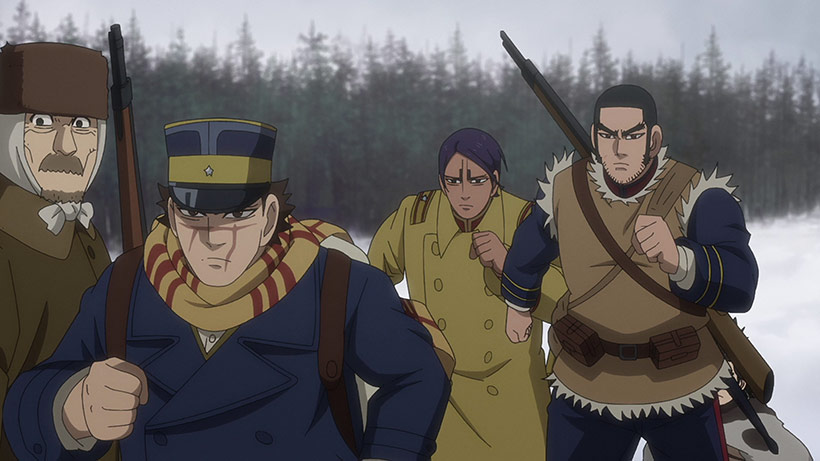
What’s probably clear with the synopsis is that we’ve had another interesting take on the narrative structure in Golden Kamuy Season 3. The first season was very much a world-building journey while the second focused on a deeper dive with the characters in achieving a more clear and concise goal in achieving the seeming end point for the story. In season 3, it mixes things up by telling a compelling story as part of a wide-ranging physical journal that opens up the scope beyond where I thought the series would end up, but in a very satisfying way.
The varied locales, starting from Karafuto in Sakhalin and edging all the way to mainland Russia, allows for a deep dive into the various micro-cultures in play at the time and illustrates the cross-pollination of language and customs between these groups. It adds a richness and sense of respect to ethnic minorities typically painted with broad strokes or subjected to monolithic stereotypes.
Where things get even more interesting is the connection to mainland Russia and the way the narrative manages to entangle the cast into significant socio-political movements across Japan and Russia at the time. I feel that Russia’s history as it tried to navigate it’s way from a traditional monarchy to a modern citizen state is often misunderstood despite how fascinating it is, so to see it being explored as some of the peripheral world building in Golden Kamuy Season 3 has been a fantastic journey.
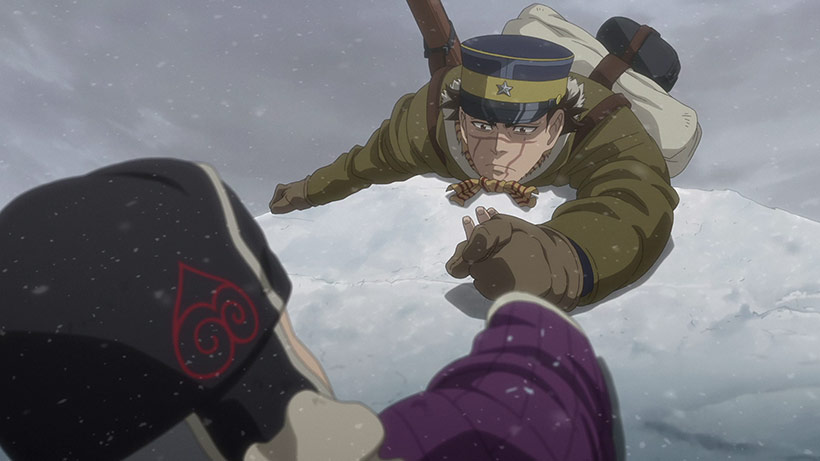
The character’s respective arcs across the islands north of Hokkaido also allows for an exploration of the contested territories between Russia and Japan and cleverly link this back to the Sino-Japanese war and generations of conflict between the two countries. The team also go to the efforts to talk about the significant ethnic differences between smaller minorities in the areas in ways that gives a degree of respect and dignity to the proceedings, building off the excellent way mainland Ainu culture has been explored thus far in Golden Kamuy.
What’s impressive is the way it still keeps the narrative focused on the individual players in tune with the excellent historical world building. The huge shades of gray as the characters develop and shift were fantastic, opening up a few unexpected connections therein. Despite being into the third season, the sense of pacing has been maintained with plenty of room to breathe and explore in (hopefully!) a future season.
I also appreciated they would frequently float in comic relief in the kind of absurdist approach layered into the previous seasons.
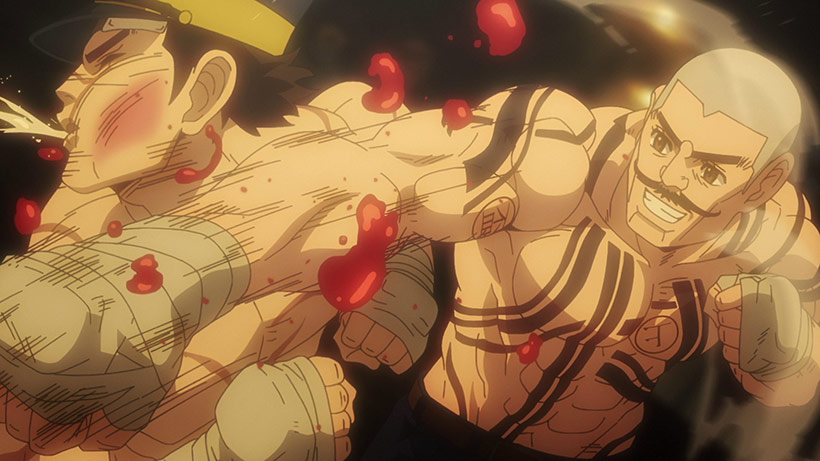
The production values also deserve special attention as this is once again a bold and energetic production, though some of the gore may be a little confronting. Despite the huge variety of landscapes Golden Kamuy Season 3 managed to look spectacular throughout.
The local release does a great job showing it off too – encoding is great and it’s still been able to maintain a bilingual package for those so inclined. It includes the omake videos as well and an array of trailers on top of the creditless ops/eds.
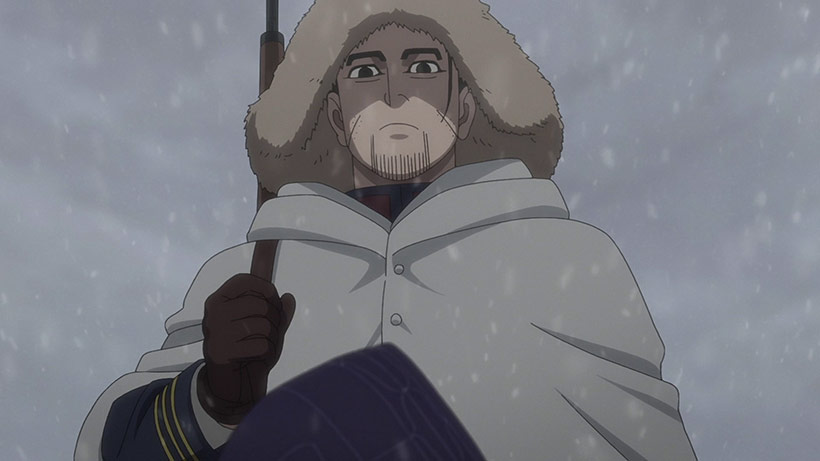
Golden Kamuy Season 3 is difficult not to recommend if you’ve enjoyed the seasons to date. The pace ramps up nicely with great animation and scale that pays respectful homage to Ainu culture and Japan’s history. Highly recommended.
A review copy was provided by Madman Entertainment to the author for the purpose of this review.





